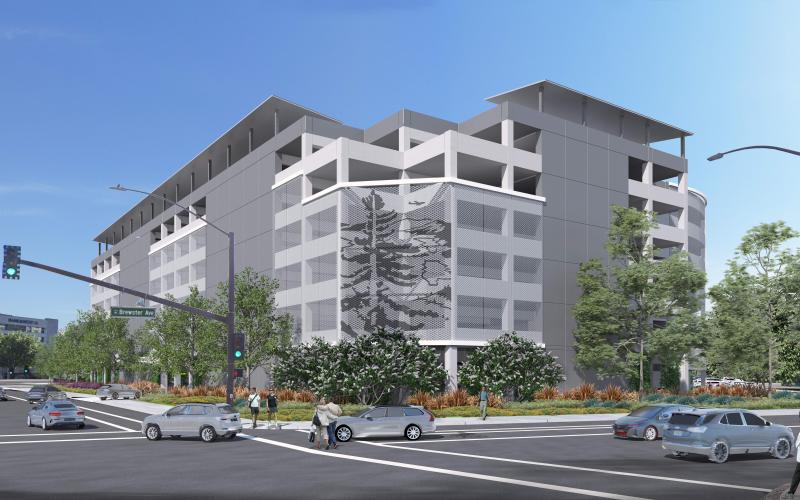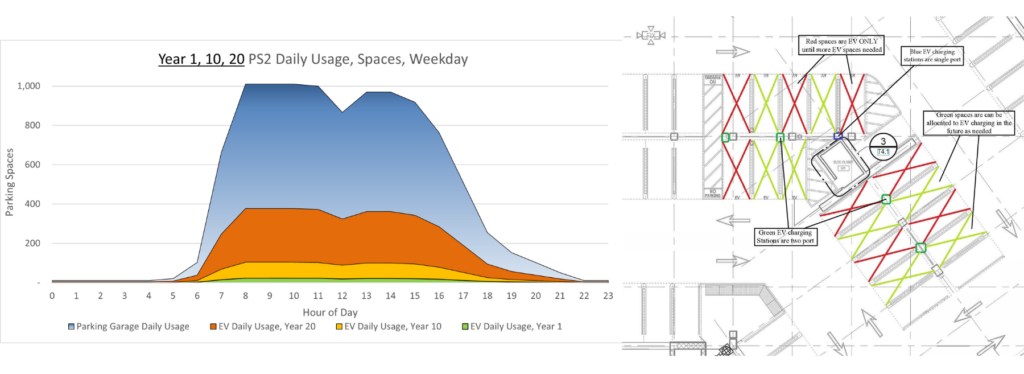This blog was written by Tom Willard, Principal and CEO of Sage Energy Consulting.

Zero Net Energy (ZNE) is becoming an increasingly common target, which new buildings and remodeling projects use to address both regulatory and environmental goals. But there is no one path to ZNE, and “net-zero” has various definitions and meanings. Unfortunately, without proper planning and a holistic approach, the best intentions can be set up for failure before a project even starts.
Before beginning any ZNE plan, it’s critical to understand and define what “getting to zero” means for the specific project, develop policies in compliance with local regulations and rating systems, and lay our clear pathways to meet these policies across your energy portfolio. Since the policy landscape is constantly evolving, it’s also important to be proactive and consider what compliance is likely to look like in the future.
A holistic approach to emissions reductions can be leveraged together with LEED, Living Building Challenge, and other ratings systems to save on operational costs, reduce environmental impacts, and meet your sustainability goals.
The good news is that successful ZNE planning can avoid millions of dollars in energy costs, improve comfort and productivity, and keep limited project funds focused on missions-critical facilities, allowing public and private organizations to become leaders in the transition to renewable energy.
San Mateo County’s Approach to Zero Net Energy Goals and Planning
San Mateo County has set ambitious building energy goals that exceed California’s current Title 24 regulations for commercial buildings and LEED Certification. The County’s Municipal Green Building Policy requires all new County building projects over 10,000 square feet to meet specific LEED certification requirements, and to achieve ZNE within a financial feasibility test.
San Mateo retained Sage to assist in updating their Municipal Green Building Policy to introduce ZNE and LEED requirements, and anticipate and exceed upcoming changes to state building regulations for commercial construction. Sage created a return-on-investment test for ZNE compliance, balancing energy efficiency and renewable energy production with financial feasibility for onsite and adjacent siting of assets such as solar arrays and battery storage.
Implementing the Plan for Zero Net Energy
San Mateo’s current plans include building and energy projects across six sites, including a new parking structure and government building that will integrate zero net energy into its design and construction.
A complete analysis of San Mateo County’s new Government Center parking structure looked at how to integrate solar PV and EV charging into its design from the start. This included modeling EV adoption rates among County staff and residents, phased buildout of EV charging stations in the garage, analysis of various charging policy options and how they would affect EV charging use and costs to the County and County employees, and a novel protocol for more efficient use of EV parking spaces in a full parking structure.
In addition, installing separate utility electric meters for EV charging and building loads will reduce energy costs through separate EV and solar PV-specific tariffs. Sage’s team ran multiple scenarios to determine the most economically sizing and location of solar PV and battery energy storage assets using net energy metering aggregation (NEM-A) to virtually combine electric meters on the site. These new on-site solar PV, energy storage, and EV charging stations are being designed to meet the County’s ambitious building energy and EV goals while preserving project funding by bringing in third-party financing, using Power Purchase Agreements from highly experienced energy project developers. This approach results in much lower project costs, and also brings a highly skilled renewable energy design team onto the project, and eliminates solar PV and battery energy storage ongoing maintenance costs once the systems are operational. This approach will result in San Mateo County meeting their aggressive energy targets while keeping construction capital focused on mission critical facilities.
These new on-site solar PV, energy storage, and EV charging stations are being designed to meet the County’s ambitious building energy and EV goals while preserving project funding by bringing in third-party financing, using Power Purchase Agreements from highly experienced energy project developers. This approach results in much lower project costs, and also brings a highly skilled renewable energy design team onto the project, and eliminates solar PV and battery energy storage ongoing maintenance costs once the systems are operational. This approach will result in San Mateo County meeting their aggressive energy targets while keeping construction capital focused on mission critical facilities.
What’s next for San Mateo County?
Zero Net Energy planning is ongoing for San Mateo County. There are now plans for solar and battery storage at five other sites including garage and roof-mounted PV, and parking lot canopies. Sage is managing competitive procurements for solar PV and battery energy storage systems (BESS) at four separate new construction sites in a combined procurement portfolio that includes a large parking garage mounted PV system, roof mounted PV on four sites, and parking lot canopies at two of the sites.
The County is simultaneously building a new office building adjacent to the multi-level parking structure and leveraging this new project to develop and procure solar PV for the roof and a lithium-ion stationary battery storage system for emergency backup and grid services.
The success of these projects stems from the proactive approach to energy planning, a creative approach to project financing, and the County’s forward-looking policies that anticipate California’s ambitious requirements for emissions reductions.
Tom Willard is CEO and Principal at Sage Energy Consulting. He has more than 18 years of experience as a professional energy consultant, with a focus on the development of technical and financial models that are now widely used to assess renewable energy systems and to predict potential energy generation and financial performance, serving as CEO since Sage’s inception.
